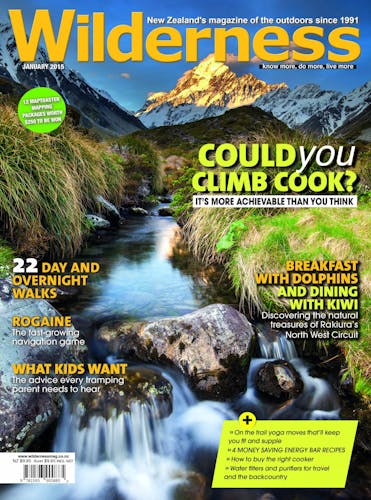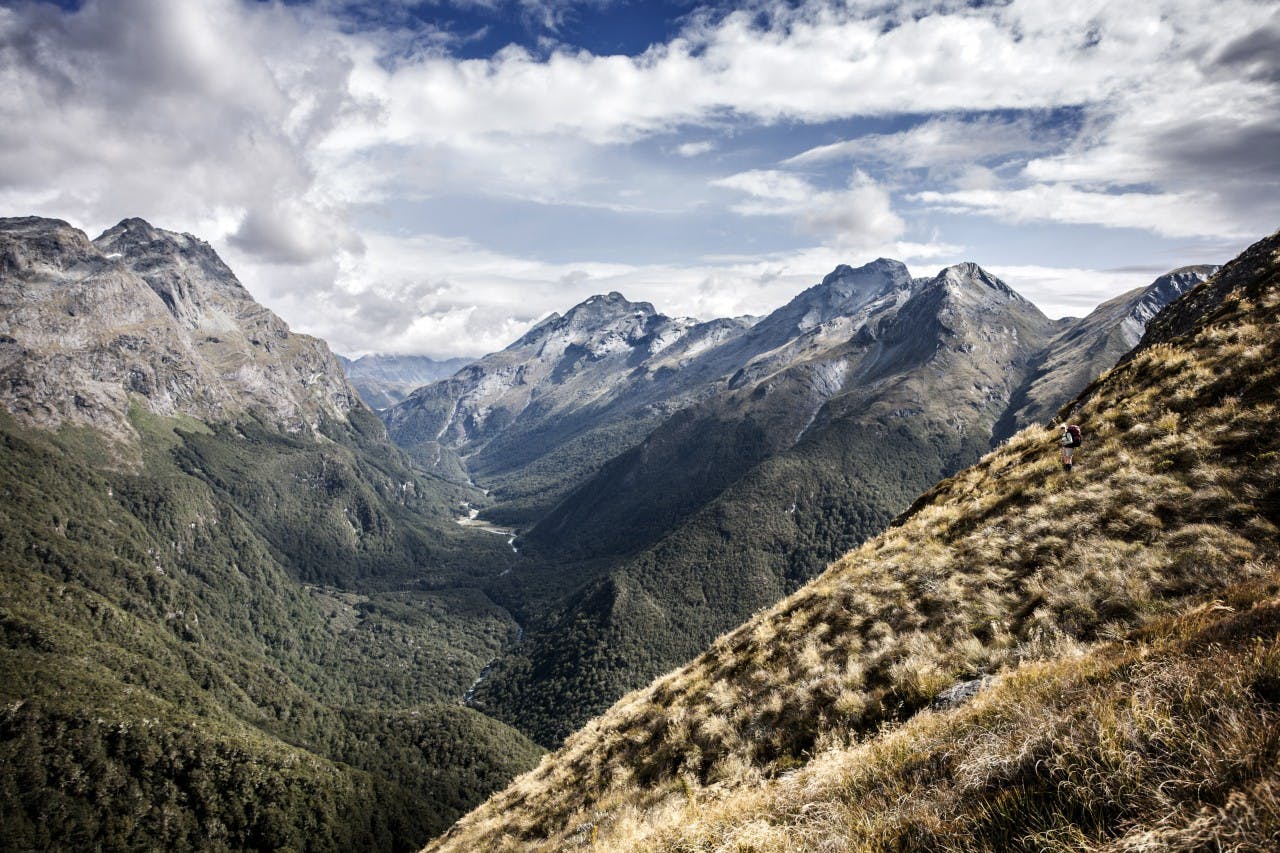Summer is the time when Kiwi adventurers begin obsessing over the weather; pouring over prognosis charts and satellite images with fingers crossed – because everyone knows the difference between adventure and misadventure can be a matter precipitation.
Think about this: tonight when the weatherman shows you a satellite photo and an animation of rainclouds washing over Wellington in three days’ time – he’s using a remote controlled spaceship and a super-computer to predict the future!
And just in case that isn’t incredible enough, they’re predicting what the sky will throw at a mountainous island halfway to the South Pole; and they’re doing it multiple times each day.
Your average weather forecast is truly a wonder of 21st century technology, but to say weather forecasting is just about computers and satellites would be telling half the story.
Sure the intellectual grunt work is done by computers, but once the number-crunching is done it comes down to a team of people to interpret what it all means.
I recently had the chance to speak to one of them: Metservice meteorologist Elke Louw. She says forecasting is like any human endeavour with all the stress, passion and frustration you’d expect.
“It’s one of those jobs that keeps you humble,” she says. “You can’t get too cocky with it, because it can change in a matter of days or even hours from when you forecasted it.
“People are quick to point out when you got it wrong,” she adds, sometimes even going so far as to ‘shoot the messenger’ attributing the weather itself.
“We get it quite often. Sometimes all you can do is laugh about it – ‘Sorry, our hotline to the weather gods wasn’t working today’.”
Louw says forecasters quickly learn how to roll with the highs and lows of forecasting, but there are some occasions when the pressure really mounts. She says aviation forecasting is often tense and issuing a forecast you know will close a major airport can be stressful: “There’s a lot of money and people involved.”
And she says the pressure goes up further still when people go missing in the hills: “We have to provide forecasts for the search and rescue teams. You really want to get it right because you want to keep those people safe.”
Regardless of the situation, forecasting works essentially the same way. “In a nutshell, it comes down to information analysis, model interpretation and real time observations,” Louw says. “We look at about three different models and we have to decide which model is reflecting the situation the best. It’s great when they’re all in agreement, but when they’re not, that’s when the challenge comes in.
“It often happens when we get systems coming down from the north; the tropical lows. The models don’t handle them very well.”
Louw says the gap left by the models is where the knowledge and expertise of the forecasters comes into play. “There are a lot of websites that just spew out model data, but they don’t necessarily get the terrain of a country like New Zealand which plays such an important part.”
Weather forecasting itself is a relatively recent phenomenon. Historically it was literally crystal ball gazing but they did get it right from time to time. The Oracle at Delphi’s famous 480BCE storm ‘forecast’: ‘Pray to the Winds. They will prove to be mighty allies of Greece,’ being a notable example.
We got better at it over the millennia, learning more about the interaction between barometric pressure, wind, temperature and humidity. But until the introduction of the telegraph in the mid-1800s it was really just a matter of looking up at the sky and guessing based on what happened last time.
With the advent of the telegraph we learned to look over the horizon to see what’s coming and from there it was up and up with observations from balloons, aircraft and eventually satellites being fed into ever more complex fluid dynamics equations all to let us know whether we should pack a rain shell or an avalanche transceiver.
The trick, Louw says, is often in people’s interpretation of the information they’re given. She says the two big mistakes she sees people making is not reading the fine print and staying up-to-date.
“We always encourage people to read the full forecast, not just look at the symbol. In New Zealand you can get all four seasons in one day – and it’s really hard to capture that in one weather symbol.”
The other problem, she says, is when people make weekend plans based on the 10-day forecast but don’t check the update on Friday. “You can get a frontal system that slows down or speeds up and that will completely change how your outlook is from day six to day 10.”
There may be a kernel of truth in Alfred Wainwright’s saying ‘there’s no such thing as bad weather, just inappropriate clothing’, but until someone invents long underwear that can protect you from being crushed by an avalanche or swept off a ridgeline by a storm-force nor’westerly, it’s a good idea to pay close attention to Louw and her colleagues.








